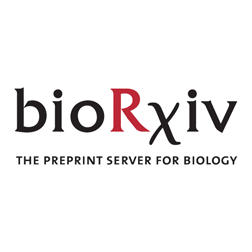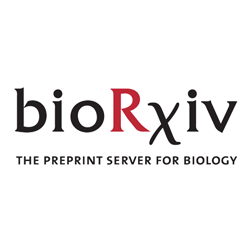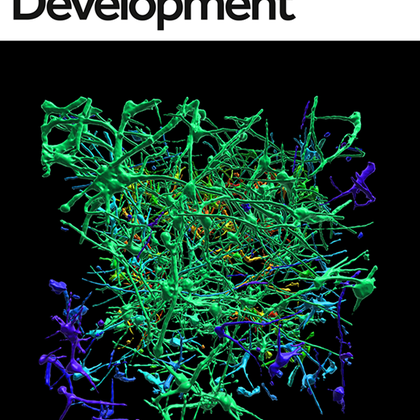
Emily Corrigan
@EmilyCorrigan10
Followers
81
Following
57
Media
1
Statuses
43
I'm so excited to share my first preprint from @Lab_Pollen at @UCSF on the phylogenetic and spatial distribution of TAC3 interneurons. This story was an adventure filled with twists and turns we never saw coming. Check out the preprint and a summary below!.
biorxiv.org
Mammalian brains vary in size, structure, and function, but the extent to which evolutionarily novel cell types contribute to this variation remains unresolved1–4. Recent studies suggest there is a...
6
17
55
RT @DanielMedinaC12: Beyond excited to share my main postdoctoral work. We developed a robust mouse cortical organoid system, which recapit….
biorxiv.org
Natural selection has shaped the gene regulatory networks that orchestrate the development of the neocortex, leading to diverse neocortical structure and function across mammals, but the molecular...
0
21
0
(15/15) I had such a fun time working on this with our amazing collaborators @fennamk @debarardine @lab_paredes @aunoyp @Harwell_Lab @miguel_turrero and @mtvector and I hope you enjoy!.
0
0
6
(11/15) Cross-species integrations and gene module comparisons of striatal INs from the ABC mouse atlas with published adult marmoset and human atlases suggested homology between Th INs in mouse and TAC3 INs in primates, consistent with similarities observed from @AMunozManchado.
2
1
3
(10/15) We examined adult striatal inhibitory neurons from the ABC mouse atlas @AllenInstitute and found a rare (~1.4% vs. 30% in primates) population of Tac2+ (ortholog of TAC3) inhibitory interneurons in a subset of mouse Th striatal interneurons – with a distinct ventral bias!.
1
0
3
My first first co-author paper on definitive endoderm and brain organoids in mouse EpiSCs is out in @Dev_journal from my time in the @TommyVierbuchen lab. A huge shoutout to my amazing co-author @DanielMedinaC12 I can’t wait to celebrate this together!
journals.biologists.com
Summary: New optimized protocols for directed differentiation of mouse epiblast stem cells into definitive endoderm and forebrain-patterned organoids.
0
4
22
RT @bffswithbiology: Big presence from my grad program at #ISSCR2022. Couldnt even wrangle them all together for a pic. Best Developmental….
0
9
0
RT @DanielMedinaC12: v2.0 of our mouse brain organoid and definitive endoderm protocol is out! #organoids #brainorganoids.
0
1
0


